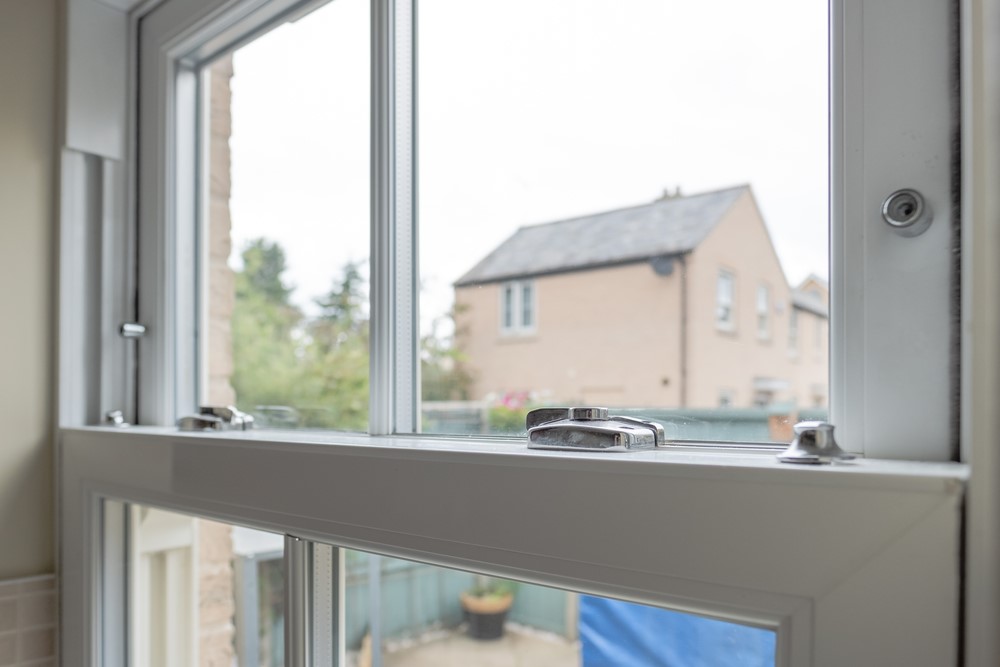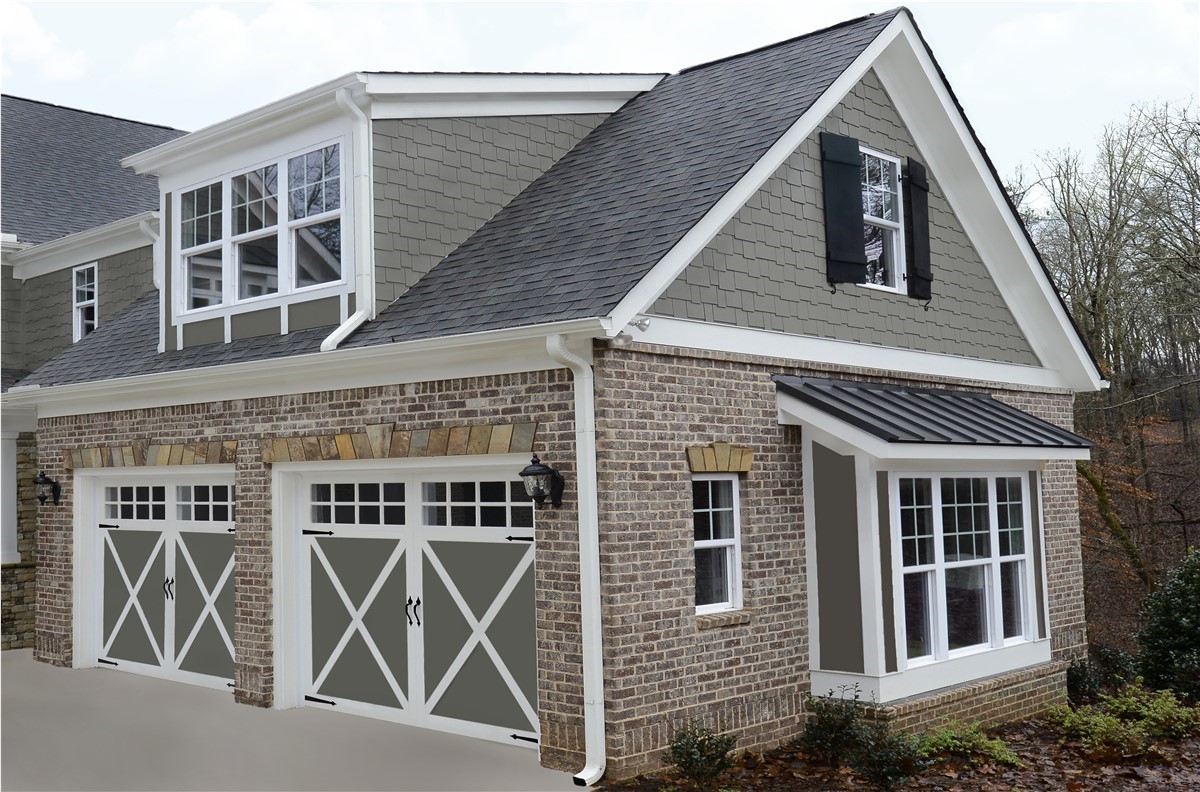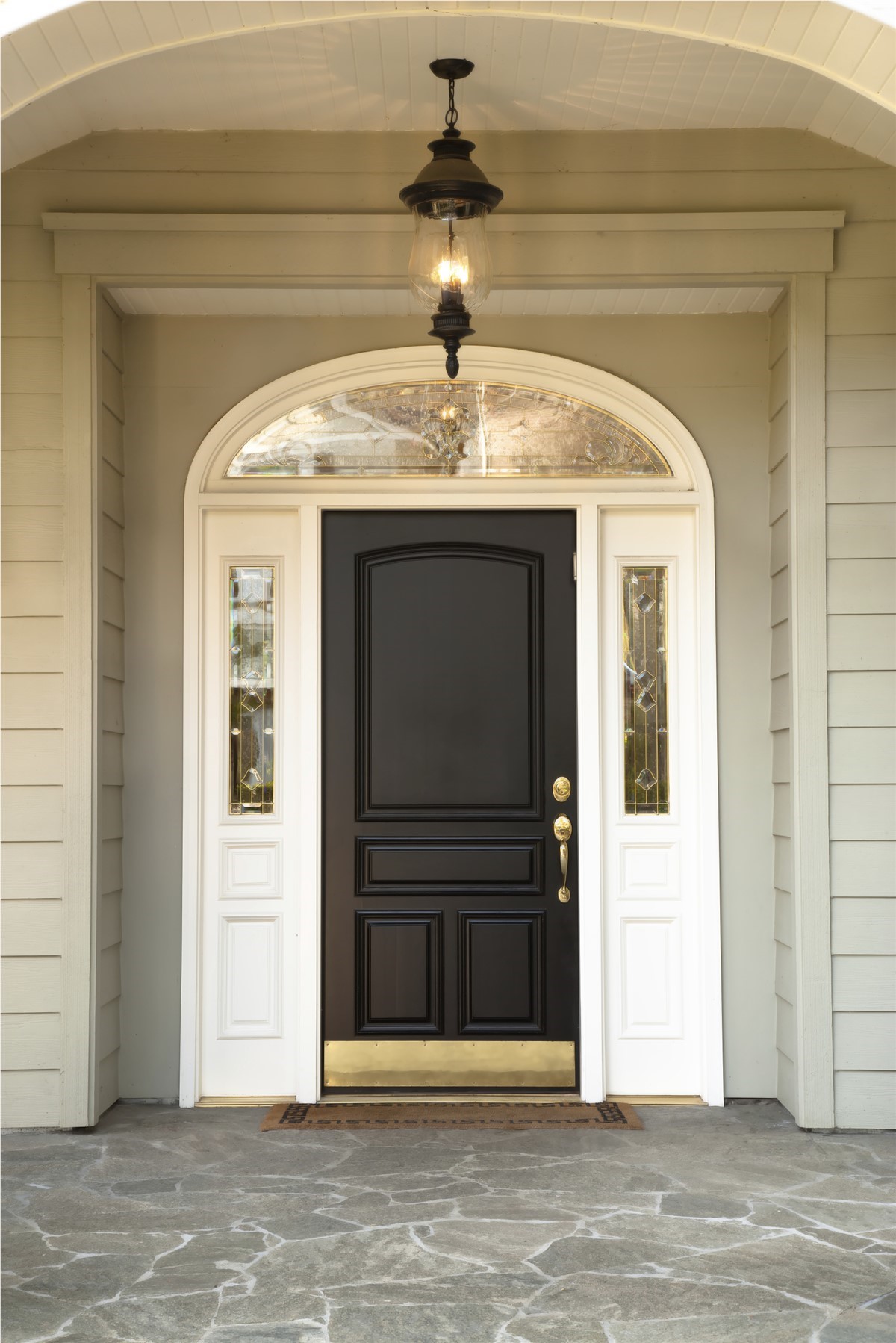In today's posting, I wanted to discuss the idea of energy efficient home improvements. There has been a lot of talk over the past year about this topic and there is a lot of government money going into programs to support home weatherization efforts.
Earlier this year, I spent two weeks attending courses in home energy efficiency and weatherization. The first of these courses was a RESNET certification course which I successfully completed. RESNET stands for residential energy services network. The second course was a certification called BPI (Building Performance Institute) which I also completed. Without getting into all of the details, these courses prepared me to work as a home energy auditor/rater. This knowledge, combined with the proper equipment would allow me to model a customers home in order to compare it to an ideal home and then make suggestions for the homeowner as to how they could best improve the efficiency of their home.
These classes taught me a lot about the science of home efficiency and about what goes into controlling energy flow into and out of a home. I took away from these classes an ability to identify the most cost efficient ways to improve a homes efficiency and to maximize the homeowners ROI in an absolute dollar sense (X number of dollars spent will save Y dollars in energy). In many cases the first thing a homeowner can do is simple air sealing and insulation which can be inexpensive and effective.
However, what I think was missed in these programs was the benefit of other, typically more expensive remodeling projects such as insulated windows or solid core insulated vinyl siding. My sense was that this was due to a much lower direct return on that investment when looking only at energy savings.
When examined only from the perspective of an investment return via energy efficiency, is understandable to exclude expensive projects with a longer payback period. In my opinion however, this is a very narrow view. According to the most recent Cost Vs. Value report in Qualified Remodeler magazine a homeowner can expect to recoup up to 70-80% of the value of an upscale window or siding project when they later sell their home and that is excluding any possible appreciation in the value of their home in the meantime. Additionally the homeowner will experience the benefit of having remodeled their home... i.e. enjoying their nice new windows or attractive vinyl siding. Lastly, by installing new products the homeowner will likely be able to save additional money through avoided maintenance (no scraping and painting that old siding).
Considering the homeowner will be able to put a large part of this kind of an investment back into their pocket, I believe there is a very favorable argument for encouraging homeowners to put money into these improvements. The current federal energy policy strongly supports the lower cost improvements (air sealing). However I believe that it would be appropriate to continue and possibly even expand the current Energy Efficiency Tax Credit which is the only federal incentive that is currently being offered to help support the installation of certain energy efficient appliances and home improvement products (windows, furnaces, etc.).
This would do several things. First, it would allow us to maximize home energy efficiency by not only picking the low hanging fruit. Second, it would allow people to continue to build equity in their homes, something that durable long term improvements will do, but that air sealing will not. Third, this would contribute to economic recovery. America needs it factories at work. We need to be making efficient refrigerators and windows. These create good paying jobs in ways that a lot of the more simple energy retrofits simply do not. By encouraging all types of energy efficient home remodeling, the government can achieve the double benefit of maximizing both the efficiency aspect of this stimulus as well as maximizing other positive aspects of the stimulus such as increasing factory output.
Tags
Subscribe to Legacy Remodeling's Blog











Comments